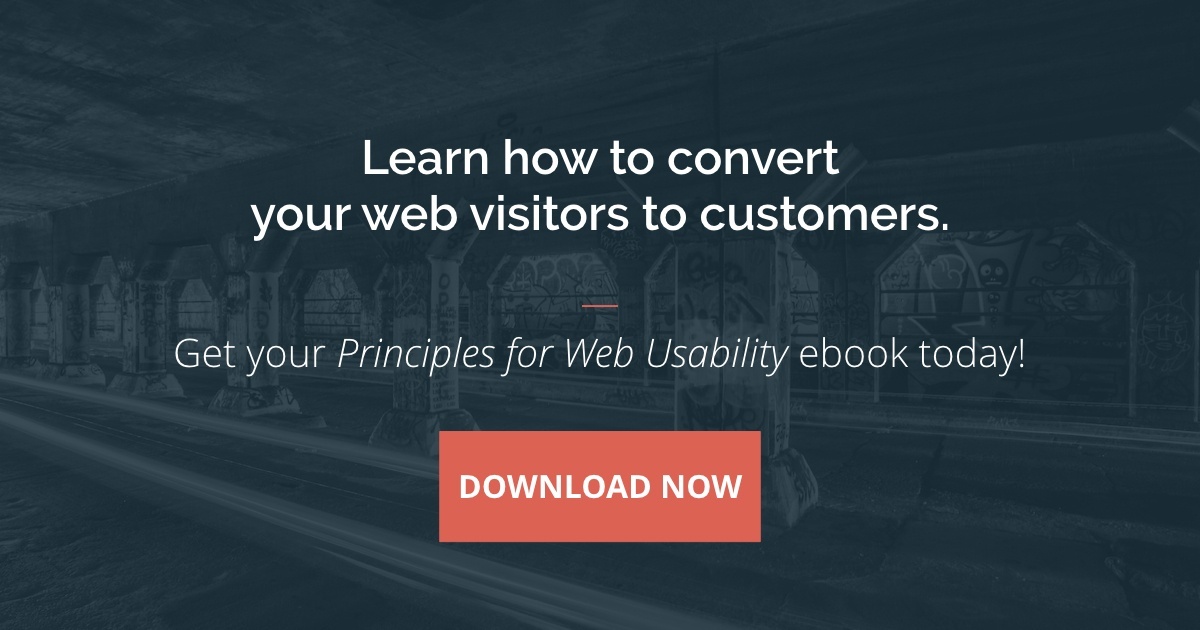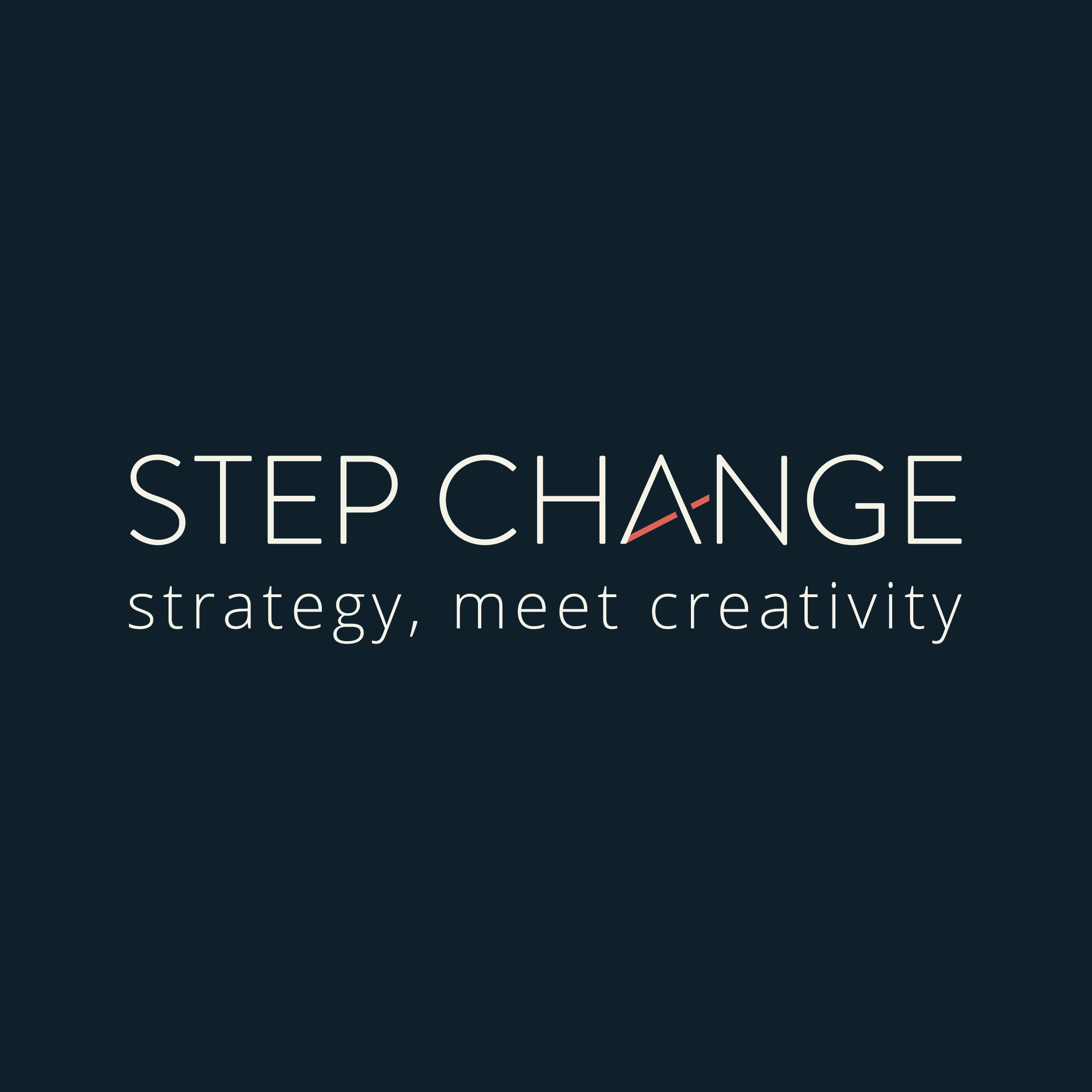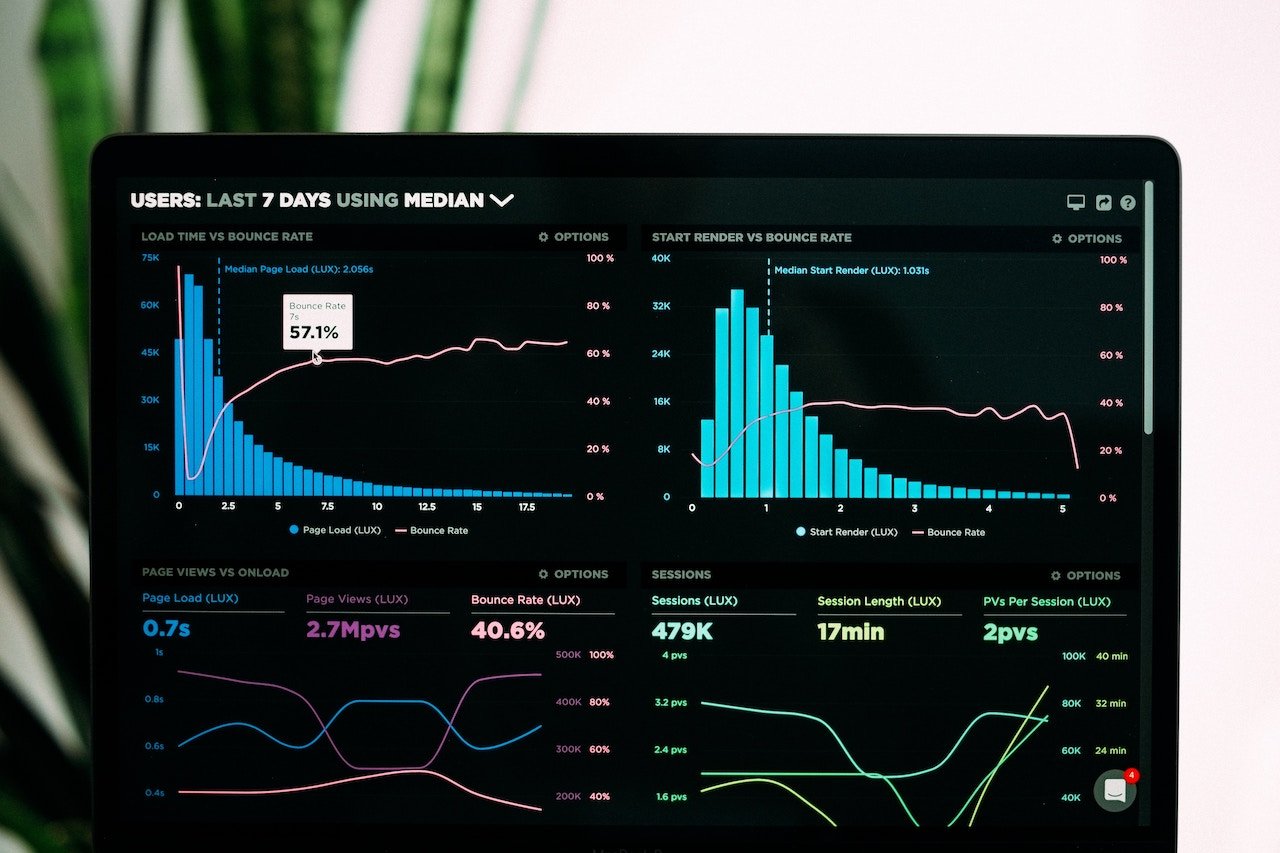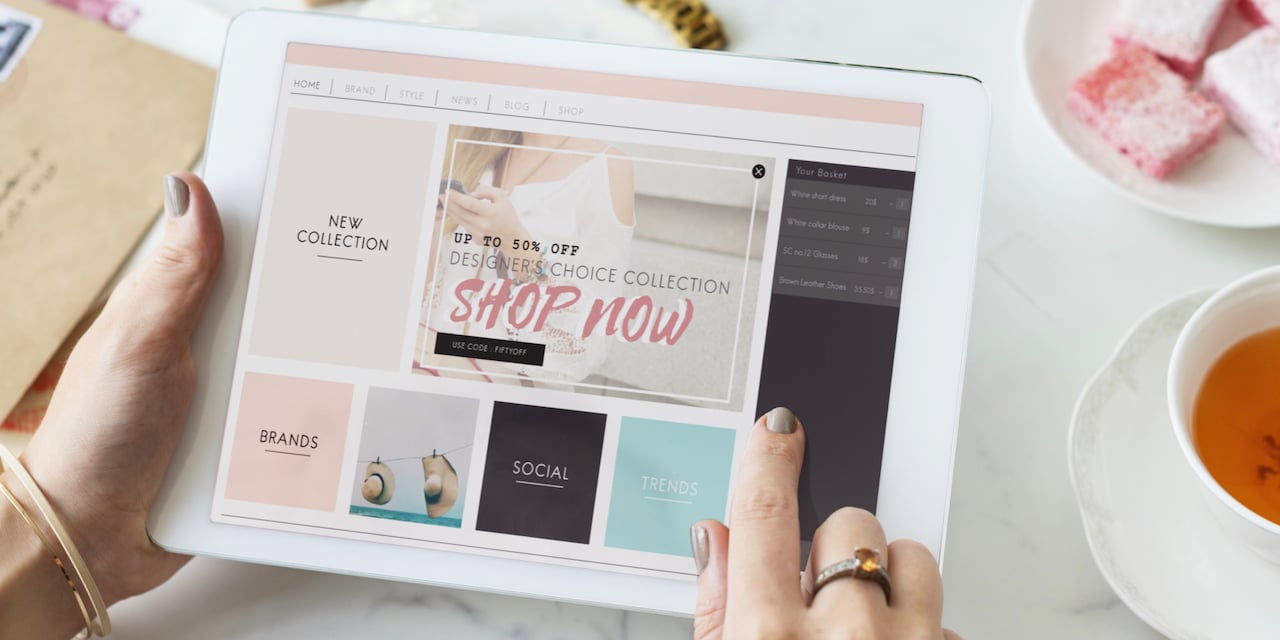There are many ways to generate leads for your business. Advertising, referrals, cold calling, buying names — you’ve probably done some of these to sell your product or service. But there’s one tool marketers miss to use to its full potential to generate more leads.
It’s time you have a look at one of today’s most effective avenues to convert strangers to leads: your website.
Lead generation is the process of drawing in and turning strangers and prospects into leads.
What makes it important? First of all, leads are people who have indicated organic interest in your product or service. This means these people come and initiate a relationship with your business because what you’re offering caught their attention. And this makes it more natural for them to buy from you in the future.
But even though marketers and sales professionals agree that lead generation is extremely important for a business, it is also the biggest challenge we are facing today.
In fact, in the latest data from State of Inbound 2017, the team at HubSpot has discovered that:
- 62% of marketers from Australia and New Zealand say their biggest challenge is generating traffic and leads
- 49% of salespeople from Australia and New Zealand say that getting a response from prospects is the toughest job to do in sales now compared to two to three years ago
Is Your Website Turning Visitors to Leads?
The website — this is where the magic happens. It’s the most important tool in your arsenal to convert prospects to leads. Without it, generating leads online is a long shot.
But remember, your leads are as good as your website. So pay attention to how you design and layout your website, what content is shown in it, what elements you need to include, and what pages you need to optimise.
So is your website optimised to convert leads? Here are five things you can do to have an effective lead-generating website.
1. Do A/B tests
Many businesses don’t study how their web visitors behave on their website. Are they likely to click blue buttons or red buttons? Are they likely to fill out a form if it does not require them to indicate their phone number? Are they likely to click “Submit” or “Download”? Will removing the navigation bar increase the conversion rates?
A/B testing your web elements allows you to discover that your target audience does favour a certain button colour, image design, or wording — and this will ultimately drive more leads.
Have a look at your key web pages — are there some elements that need to be tweaked and A/B tested to improve conversion?
2. Leverage the power of social proof
Before deciding to buy from you, potential customers would want to know how happy your existing clients are with your product or service. This is why social proof is really powerful. According to Dr Robert Cialdini, this is “the tendency to see an action as more appropriate when others are doing it”. What can you use as a social proof?
- Testimonials. Testimonials are very compelling, most especially if they are in video format. Ask permission from your happy customers if you can film them as they share their testimonial. If they’re a bit shy, a written testimonial also works. After you have gathered both written and filmed testimonials, sprinkle them throughout the key pages of your website.
- Client logos. Logos from notable clients are memorable to web visitors, according to ConversionXL. Aside from the fact that it establishes brand credibility, it also shows that you have worked with relevant, prominent clients. It will make them think, “If this business can transform X to Y — then, wow, imagine what they can do for my business.”
Related topic: 
3. Put an explainer or a manifesto video at your homepage
An explainer video is a short video that explains your product or service. In a survey by Video Rascal, 85% of customers are highly likely to buy a product if they viewed its explainer video.
People are naturally drawn towards brands that share the same principles with them. This is why the manifesto video really works. It features your business’s purpose in an inspiring way, which communicates to viewers on an emotional level.
When done right, and by putting it in strategic places within your website, both of these can drive viewers to take action.
Related topic: 
4. Optimise your About Us page to build trust
Some companies often ignore this seemingly unimportant page, missing out on its potential to draw people to their business. It’s here that potential leads get to know who they might be buying from or working with.
So organise its content so it’s easier for visitors to find the information they need. Be personal; add short bios and pictures of you and your team. Tell the compelling story of how your company began, and include your value proposition.
5. Make your Contact Us page look super simple to use
The process of filling out a form on the Contact Us page should be as easy as possible. The key here is to remember that this page is a way to start a conversation with your visitors — not an interrogation.
So create a simple form for visitors to fill out, with only the relevant elements and fields you need to begin a conversation. Some prefer to inquire over the phone or over a cup of coffee, so it’s also best to leave your company’s contact details and location.
Have a look at your Contact Us page. Does it have only the relevant elements, decluttered of items that can be included in your lead’s next stage of the buyer’s journey?
What Are You Waiting For?
By now it’s clear that lead generation is both a top priority and a challenge for businesses, and the website is one of a brand’s best lead-generation channels. So perform tests on the elements on your web page to see which one works best, gather all the data you need for social proof, invest in videos, and optimise the About Us and Thank-You pages to make the most out of your website.
To learn more about growth-driven web design and overall digital strategy that drives revenue, 









![#KatieTalks to Step Change’s Robert Steers [PODCAST]](https://blog.hellostepchange.com/hubfs/BLOG/Posts/5-Connection/katie-talks-robert-steers.001.jpeg)






